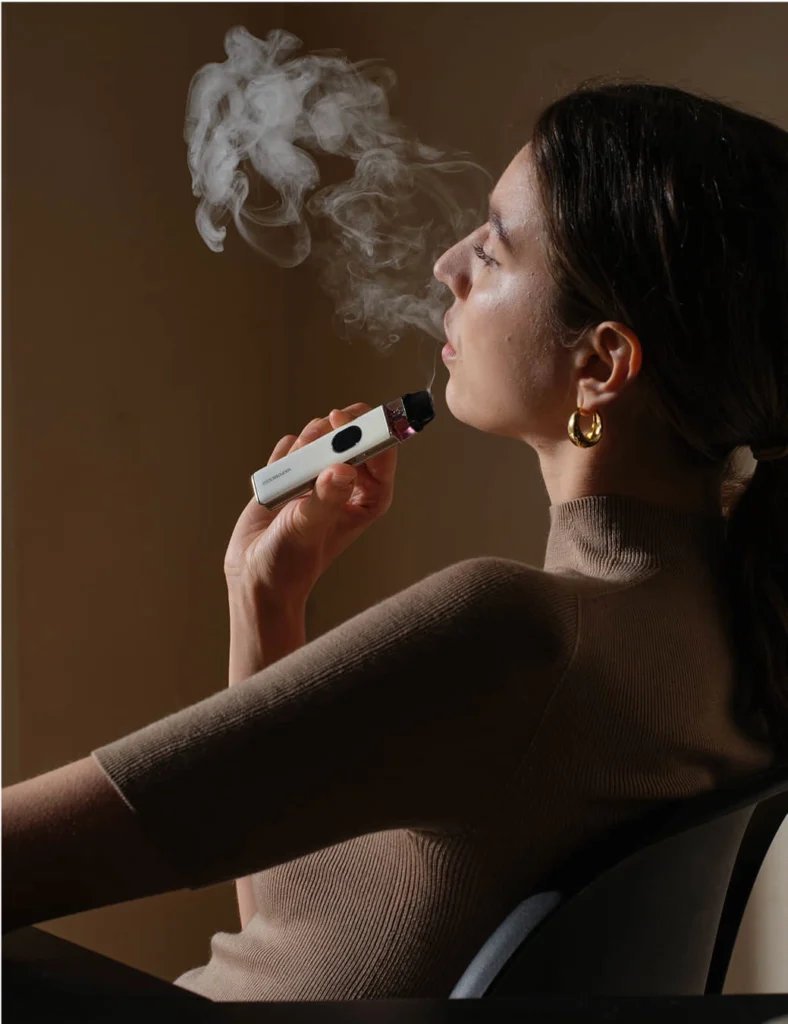Uncategorized
The Art of DIY Vape Juice: A Beginner’s Guide
Creating your own vape juice is more than just a cost-saving measure—it’s an art form that allows you to craft the perfect flavor profile tailored to your preferences. For those interested in making vape juice at home, this guide will walk you through the entire process, from understanding the essential DIY vape ingredients list to mastering the techniques of customizing vape flavors. Whether you’re looking to replicate a commercial e-liquid or invent something entirely unique, this comprehensive tutorial provides all the tips for DIY vaping you need to get started.
Why Make Your Own Vape Juice?
The appeal of making vape juice at home goes beyond just saving money. While store-bought e-liquids can be expensive, especially for frequent vapers, DIY mixing allows you to produce high-quality juice at a fraction of the cost. More importantly, it gives you complete control over what goes into your e-liquid. You can adjust nicotine levels, fine-tune flavor intensity, and avoid unwanted additives like sweeteners or artificial coloring.
Another advantage is creativity. With thousands of flavor concentrates available, the possibilities for customizing vape flavors are nearly endless. Whether you prefer fruity blends, creamy desserts, or refreshing menthols, you can experiment until you find your perfect mix. Plus, many vapers find the process itself enjoyable—it’s a rewarding hobby that combines science and artistry.
Essential DIY Vape Ingredients List
Before you start mixing, you’ll need to gather the right components. A basic DIY vape juice recipe consists of four primary ingredients:
1. Propylene Glycol (PG) and Vegetable Glycerin (VG)
PG and VG are the base liquids that carry flavor and produce vapor. PG provides a stronger throat hit and better flavor clarity, while VG creates thicker clouds and a smoother inhale. Most vapers use a blend of the two, with common ratios being 70% VG/30% PG for sub-ohm devices and 50/50 for pod systems.
2. Nicotine (Optional)
If you want nicotine in your e-liquid, you’ll need pharmaceutical-grade nicotine solution. It’s available in various strengths, typically diluted in PG or VG. Safety is crucial when handling nicotine—always wear gloves and work in a well-ventilated area.
3. Flavor Concentrates
This is where the fun begins. Flavor concentrates are highly concentrated food-grade additives designed for vaping. Brands like Flavorah, Capella, and The Flavor Apprentice offer hundreds of options, from strawberry to tobacco to exotic dessert blends.
4. Distilled Water or Alcohol (Optional)
A few drops can thin out high-VG mixes for better wicking in certain devices, though this is rarely necessary with modern atomizers.
Step-by-Step Guide to Making Vape Juice at Home
1. Calculate Your Ratios
The first step in making vape juice at home is determining your desired nicotine strength and PG/VG ratio. Online nicotine strength calculators can help you measure precisely. For example, if you’re aiming for a 6mg nicotine strength in a 30ml bottle with a 70/30 VG/PG ratio, you’ll need to input these values to get exact measurements for each component.
2. Mix Your Bases
Start by pouring your VG and PG into a clean, sterilized bottle. If using nicotine, add it at this stage. Always add nicotine slowly and stir thoroughly to ensure even distribution.
3. Add Flavor Concentrates
Flavor percentages vary depending on the concentrate’s potency. Most single flavors work well at 5-15% of the total mix, while complex blends might require balancing multiple flavors at lower percentages. Flavor percentage charts from concentrate manufacturers can guide your measurements.
4. Steep Your E-Liquid
Steeping allows flavors to meld and mature. Some juices (like fruits) are good to vape immediately (“shake and vape”), while others (like custards or tobaccos) benefit from days or weeks of steeping. The steeping process explained simply involves storing your e-liquid in a cool, dark place and shaking it periodically.
Tips for DIY Vaping Success
Start Simple
Begin with single-flavor recipes or well-documented clones of popular e-liquids before attempting complex blends.
Keep Detailed Notes
Record every experiment—ingredient amounts, steeping time, and your impressions. This helps replicate successes and avoid repeating failures.
Invest in Quality Supplies
Use syringes or digital scales for precision, and store nicotine in the freezer to prolong its shelf life.
Test Small Batches First
Mix 10ml testers before committing to large batches to avoid wasting materials on unsuccessful recipes.
Customizing Vape Flavors Like a Pro
Once comfortable with basics, explore advanced customizing vape flavors techniques:
Layering Flavors
Combine primary, secondary, and accent flavors (e.g., a strawberry main note with cream undertones and a hint of coconut).
Using Sweeteners and Enhancers
Additives like ethyl maltol or sucralose can brighten fruits or smooth harsh tobaccos—but use sparingly to avoid coil gunk.
Adjusting for Device Type
Pod users may prefer stronger flavors (higher %) and more PG, while cloud chasers might prioritize VG-heavy mixes with subtle notes.
FAQ: DIY Vape Juice Common Questions
Is DIY vape juice cheaper than buying it?
Yes—homemade e-liquid costs pennies per milliliter compared to premium retail juices.
How long does homemade vape juice last?
Properly stored (cool/dark place), most mixes stay fresh 1-2 years. Nicotine oxidizes faster (6-12 months).
Can I make nicotine-free vape juice?
Absolutely—just omit nicotine for a 0mg blend.
Why does my DIY juice taste perfumey?
Over-flavoring or insufficient steeping causes this. Reduce flavor percentages or extend steeping time.
Where can I find reliable recipes?
Online forums like Reddit’s DIY_eJuice and sites like AllTheFlavors host thousands of tested recipes.
Conclusion: Unleash Your Inner E-Liquid Alchemist
Making vape juice at home empowers you to take vaping into your own hands—literally. With this guide’s DIY vape ingredients list, step-by-step mixing instructions, and expert tips for DIY vaping, you’re equipped to create e-liquids that rival commercial offerings. Remember: patience and experimentation are key. Your perfect DIY vape juice recipe is waiting to be discovered.

